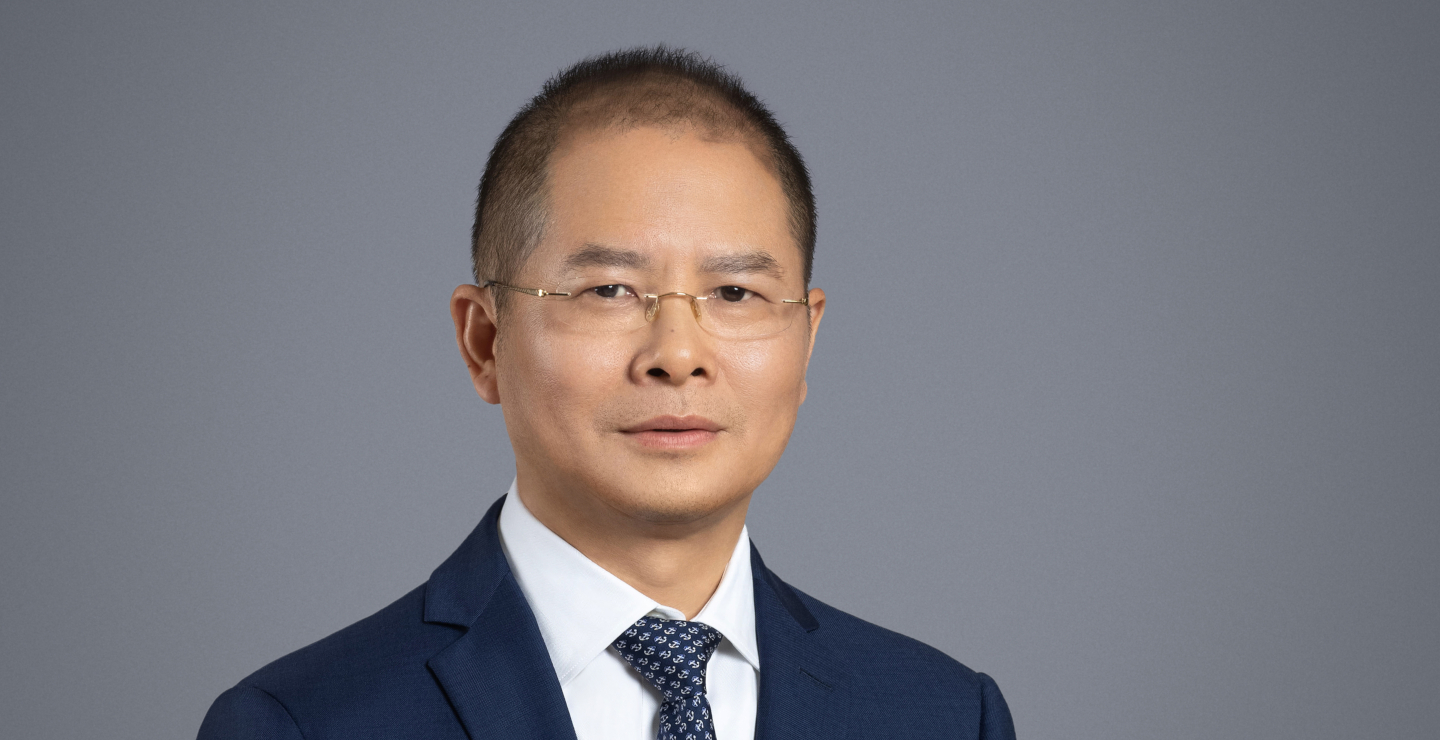Huawei Unveils Next-Gen Ascend Chips, SuperPods, and Open-Source Protocol to Combat Semiconductor Bottlenecks
Shanghai, August 2025 – Huawei, a leading global technology giant, today unveiled its ambitious roadmap for the next generation of Ascend chips at Huawei Connect 2025. Addressing the conference, Deputy Chair Eric Xu highlighted 2025 as a pivotal year, citing the January launch of DeepSeek-R1 as a turning point. Acknowledging China’s projected long-term semiconductor manufacturing challenges, Huawei is prioritizing advanced infrastructure design and technology, while committing to open-sourcing key software components, including the openPangu foundation AI models and Mind series SDKs.
Next-Generation Ascend Chips: Powering the Future of AI
Huawei plans to release three new Ascend chip series: Ascend 950, 960, and 970. Designed to address emerging performance needs, these chips will significantly advance computing capabilities.
-
Ascend 950: This series, available in two variants (PR and TO), will leverage advanced low-precision data formats (including FP8 and MXFP8), delivering up to 2 PFLOPs of performance with enhanced vector processing and 128-byte memory access. The 950PR will launch in Q1 2026, followed by the 950DT in Q4 2026. Interconnect bandwidth will jump to 2 TB/s – a 2.5x improvement over the current Ascend 910C.
-
Ascend 960: Set to debut in Q4 2027, the 960 series boasts a significant performance leap, doubling computing power, memory access bandwidth, memory capacity, and interconnect ports compared to the 950. Key to this advance is support for Huawei’s proprietary HiF4 data format, claimed to offer superior precision to existing FP4 technologies.
-
Ascend 970: Anticipated for Q4 2028, the 970 series promises substantial improvements across all key metrics. Huawei plans to push specifications “much higher,” including a projected 4 TB/s interconnect bandwidth, 8 PFLOPs of FP4 performance, and increased memory capacity.
SuperPods: A New Era of Enhanced AI Computing
Huawei’s strategy emphasizes large-scale computing clusters, dubbed “SuperPods,” designed to deliver exceptional performance for high-demand applications. The Atlas 950 SuperPoD, utilizing the Ascend 950DT chips, is slated to launch in Q4 2026.
Huawei asserts a significant advantage over competitors like NVIDIA, claiming that their initial SuperPoD offerings will feature 56.8 times more NPUs than GPUs in NVIDIA’s comparable NVL144. This surpasses even NVIDIA’s planned NVL576 offering, projected for 2027.
Kunpeng Processors and General Computing SuperPods
Expanding beyond AI, Huawei will release two models of the Kunpeng 950 processors in Q1 2026, featuring 96/192 cores and 192/384 threads, respectively. The company also introduced the TaiShan 950 SuperPod, the world’s first general-purpose computing SuperPod, built on Kunpeng 950 architecture and launching in Q1 2026.
Open-Source UnifiedBus 2.0 for Enhanced Interoperability
Huawei’s emphasis on open-source extends to their interconnection technology: UnifiedBus 2.0. Building on UnifiedBus 1.0, used by the existing Atlas 900 A3 SuperPoD with over 300 installations, UnifiedBus 2.0 will be released as an open protocol. This allows broader adoption, interconnection of SuperPods to form SuperClusters, and will be crucial in enabling seamless integration of Huawei’s technology into diverse ecosystems. The Atlas 950 SuperCluster, slated for the same launch quarter as the corresponding SuperPoD, promises to outperform xAI’s Colossus, the current leading computing cluster. The Atlas 960 SuperCluster, aiming for a 2027 launch, is projected to integrate over a million NPUs to deliver 4 ZFLOPs of FP4 performance.
Key SEO Keywords: Huawei, Ascend, AI Chips, SuperPods, GPUs, NPUs, Semiconductor, Chinese Tech, UnifiedBus, Open Source, Cloud Computing, AI Computing, DeepSeek-R1, Kunpeng, SuperClusters
Note to Editors: High-resolution images of the new Ascend chips and related technology are available upon request. An executive summary (one-paragraph synopsis) might improve dissemination.

